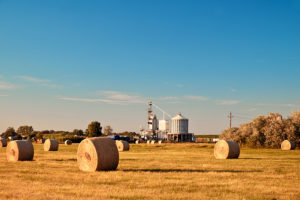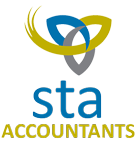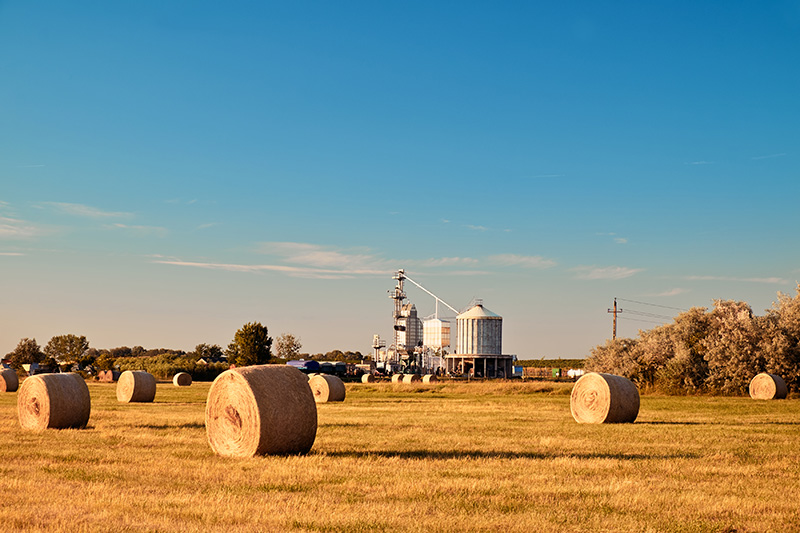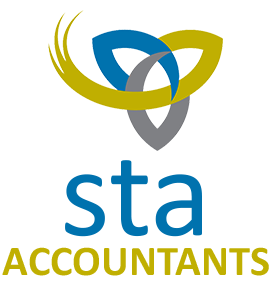 Fodder Storage Assets
Fodder Storage Assets
As part of the Government’s package of new drought assistance measures, from 19 August 2018 Fodder Storage Assets, such as silos and hay sheds, are now fully deductible in the year the expense is incurred. Previously the costs could be claimed as a deduction over 3 years (unless the cost ex gst was < $20,000 and the business qualified as a small business i.e. a turnover < $10m, then the costs could also be claimed outright in the year of purchase).
The intention is that this will assist primary producers by making it easier to invest in and stockpile fodder.
Some of the man points from the Government’s media release are outlined below:
- These amendments have been announced to aid drought-affected farmers, increase economic activity in drought-affected communities, and provide farmers with the opportunity to better drought-proof their properties.
- A primary producer’s expenditure on a fodder storage asset must have been incurred primarily and principally for use in a primary production business they conduct on land in Australia (even if you lease the land).
- If a taxpayer is not a primary producer or the asset is not used primarily and principally in a primary production business conducted on Australian land, the ordinary capital allowance (depreciation) rules will instead apply.
- A fodder storage asset is an asset that is primarily and principally for the purpose of storing fodder. A fodder storage asset can be a structural improvement, a repair of a capital nature, or an alteration, addition or extension, to an asset or structural improvement, that is primarily and principally for the purpose of storing fodder.
- Fodder refers to food for livestock, such as grain, hay or silage. It can include liquid feed and supplements, or any feed that could fit into the ordinary meaning of fodder.
- Typical examples of fodder storage assets include: silos, liquid feed supplement storage tanks, bins for storing dried grain, hay sheds, grain storage sheds, and above-ground bunkers.
- For a fodder storage asset to satisfy the ‘primarily and principally’ test, its main purpose must be to store fodder for the primary producer’s own livestock.
- On 19 August 2018, the Government announced that it would provide farmers with the opportunity to better drought-proof their properties by, amongst other things, allowing primary producers to immediately deduct (rather than depreciate over three years) the cost of fodder storage assets.










